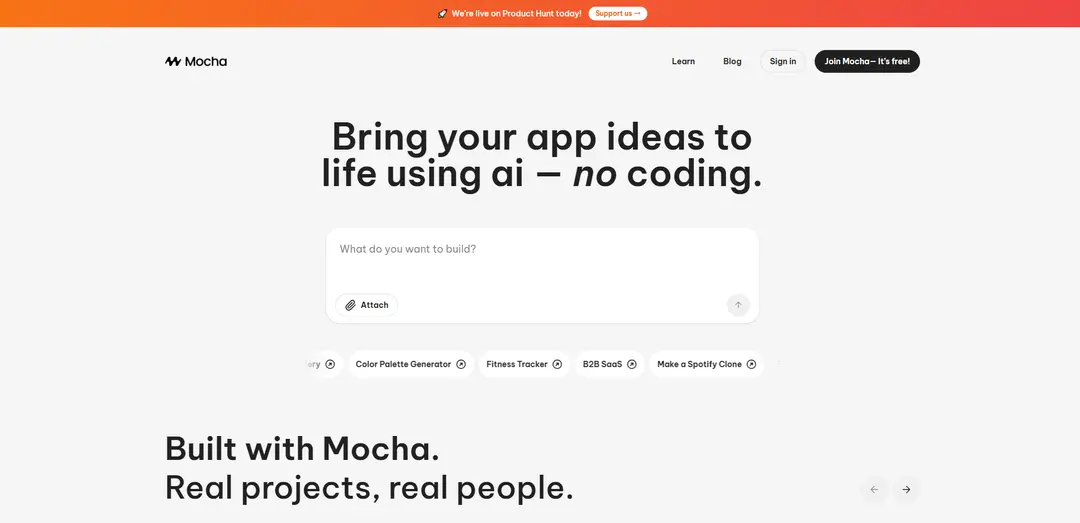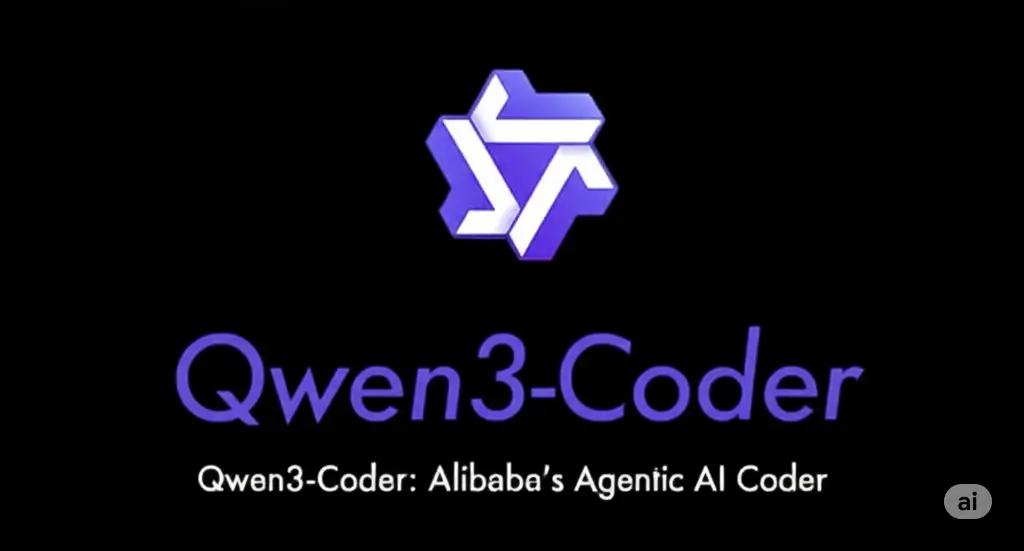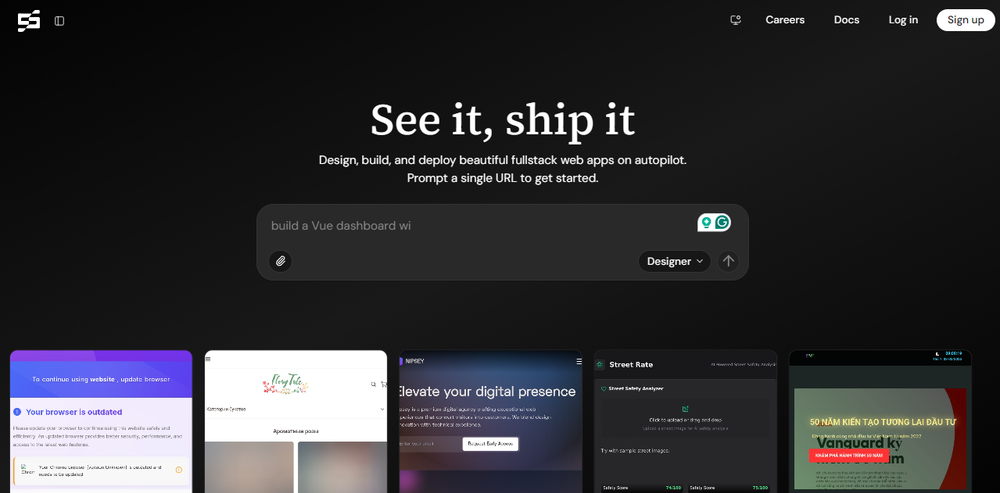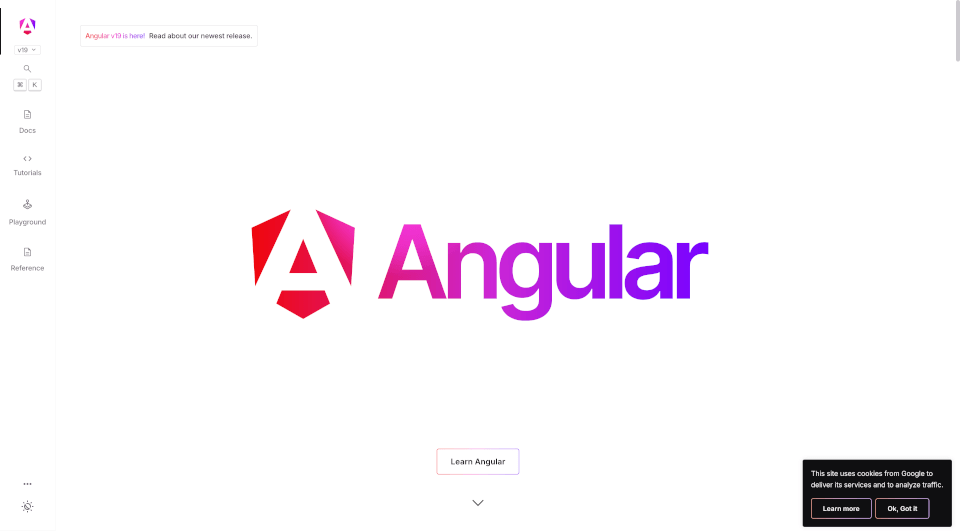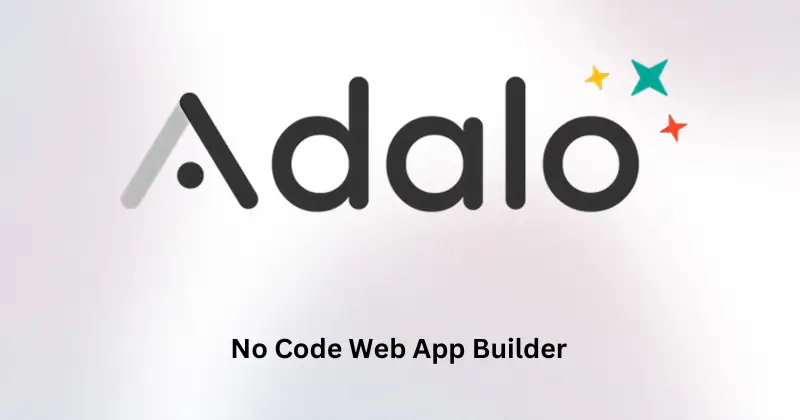Twind is a versatile tool that seamlessly integrates Tailwind CSS with JavaScript, offering developers the benefits of Tailwind CSS’s utility-first approach alongside the flexibility of JavaScript.
This tool simplifies the adoption of CSS-in-JS methodologies and enables developers to implement responsive designs, customize themes, follow Tailwind CSS syntax conventions, and utilize pseudos effortlessly.
Unlike many other tools, Twind operates directly in the browser without requiring any build process. It’s designed to seamlessly complement existing libraries and CSS authoring setups.
Twind’s modular architecture, accessible through APIs, allows for easy extension. The presetTailwind function is particularly noteworthy, as it facilitates adaptive, responsive, and state-driven designs while enhancing efficiency with predefined styles and useful defaults.
Furthermore, Twind’s APIs support autocomplete functionality, streamlining style composition for developers. With its comprehensive features and user-friendly design, Twind is a valuable asset for modern web development projects.
More details about Blogmuse
What is Blogmuse Twind?
Blogmuse Twind is a comprehensive tool designed to facilitate the integration of Tailwind CSS with JavaScript for developers.
Is Blogmuse Twind extendable using APIs?
Yes, developers can extend Blogmuse Twind using its APIs, thanks to its modular architecture. These APIs enable customization and expansion of Twind’s functionality to suit specific project requirements.
What does ‘theme augmentation’ mean in the context of Blogmuse Twind?
In the context of Blogmuse Twind, ‘theme augmentation’ refers to the capability of enhancing or modifying the overall theme or aesthetic of designs. This can be applied globally or targeted at individual components as needed.
How does the modular architecture of Blogmuse Twind function?
Blogmuse Twind’s modular architecture follows a design philosophy where the tool is divided into separate modules that can be developed and managed independently. Its usability via APIs allows developers to select and integrate functionalities according to their project needs.

